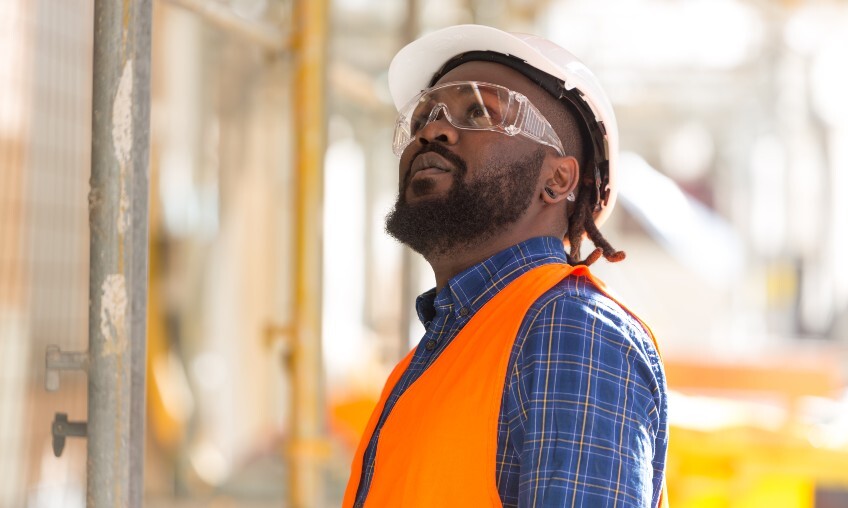
By John-Michael Cummings, OD
Children should have their vision checked as soon as they’re born, say the American Academy of Ophthalmology and the American Academy of Pediatrics.
After that, both organizations recommend vision screenings during well-child visits at a pediatrician’s office. School nurses also screen children for eye problems.
A vision screening is a quick check for problems with eyes and sight. Depending on a child’s age and the reason for the screening, one screening can be different from another.
Children show signs when certain things are wrong with their eyes. But other eye problems don’t have symptoms, and only a screening can detect them.
When Eye Doctors Can Help Your Child
When a screening shows something might be wrong, an eye doctor can help your child.
- Optometrists perform comprehensive eye health services and vision tests. You can consider them “a primary care doctor for the eyes,” says the Children’s Hospital of Philadelphia. They may write prescriptions for glasses or contact lenses to correct eyesight. They can also detect/diagnose eye disease prescribe eye drops and other medicine for common eye problems.
- Ophthalmologists provide comprehensive eye health services and surgical eye care. There are times that surgery is necessary for eye conditions with children, most commonly “eye muscle surgery” otherwise known as strabismus surgery.
Bring your child to an eye doctor right away if you notice or suspect something is wrong, or if your family has had eye problems in the past. Even if your child has no obvious signs that something is wrong, it’s important to follow-up with an ophthalmologist or optometrist.
An eye doctor can help identify what’s causing eye and vision problems. The ophthalmologist or optometrist can prevent a problem from getting worse and guide the success of eye treatments.
Here are signs of eye and vision problems in babies and small children, according to the American Optometric Association:
- A lot of tears
- Red or encrusted eyelids
- Eyes turning in or out
- Extreme sensitivity to light
- A white pupil
As children grow, they can still experience these problems. They can also have discomfort, tiredness and other signs that mark the need to visit an eye doctor. Those signs include:
- Frequent eye-rubbing or blinking
- Short attention span
- Avoiding reading and other close activities
- Frequent headaches
- Covering one eye
- Tilting the head to one side
- Holding reading materials close to the face
- An eye turning in or out
- Seeing double
- Losing place when reading
- A hard time remembering what they have read
Don’t delay if your child has eye or vision problems. Make an appointment with an EyeQuest pediatric eye specialist to get help. EyeQuest, a division of Sun Life U.S., has a large network that serves close to million members nationwide.
 Preventistry Pulse Image
Preventistry Pulse Image
PREVENTISTRY PULSE
A newsletter with tips and information to improve your oral health.





